The First Training on Shaping the Arch of a Psychotherapy Session to Make It Come Alive
If you are on the move, listen to the Frontiers Radio audio version, or anywhere else you get your podcasts.
“Every impactful person brings to you themselves and not needing to proof ‘how impactful I am’, ‘how smart I am’, and ‘how needed I am.’”
~ Sr Joan Chittister.
If the therapy room is a vessel, it needs a scaffold in order for you to create a healing environment so as to help the person who is in distress.
But how do you structure a therapeutic session so that it is impactful for your client and not get caught up with trying to be “impactful…smart…needed”?
I want to help you solve this particular issue: How to develop a sense of structure in how you conduct therapy sessions.
Common Challenges
Here are some common challenges faced by therapists:
“My client just goes on and on, and we seem to be going nowhere…”
“I’m often going overtime…”
“There seems to be no clear focus or direction.”
“I feel like I’m working harder than my client.”
A Gift
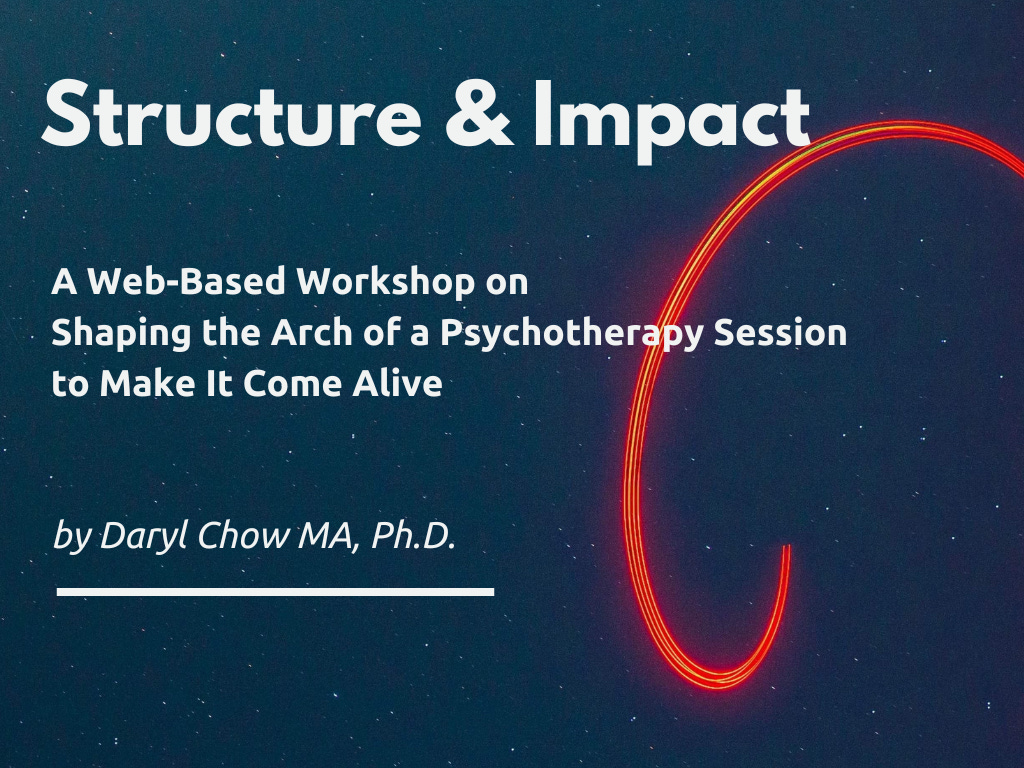
I’ve been percolating and shaping the ideas around this course for more than 2 year (i.e., pre-pandemic), and after some iterations, I’ve only recently beginning to feel at ease that this has something of true value to you.
My hope is that this course will be experienced as a gift to you.
Over the last few months, the work of Charles Eisenstein (see his Substack newsletter and his books, Sacred Economics and The More Beautiful World That Our Hearts Know) has deeply inspired me about how I think about money, the economy, and Gifts.
I will get into the details of how I’m thinking about reshaping my business model as a private practitioner and trainer for the future, but for now, here’s what I’d like to do:
Free for Trainees:
I would like to offer to those who are trainees who are not yet gainfully employment at this stage a complete FREE ACCESS to this course; I don’t want you to be disadvantaged. In fact, all the more our profession should help you out at this stage of your career.
This course is my gift to you. No strings attached, no gimmick, no catch.
No demands are made of you. Feel free.
For Practitioners in the Field:
Money is an exchange of trust. If you think about it, I’m asking for quite alot, especially if you don’t know me.
I’m asking for trust that this will be of value to you.
If you are already gainfully employed, as part of the launch of this newly-minted course, I’m offering this to folks who are on the Frontiers of Psychotherapist Development at $120, instead of the intended price of $200.
(Note: If you are familiar with my other trainings, this is still lowest costing course. Why? I want this to be accessible and within reach).
Details About the Course, Structure and Impact
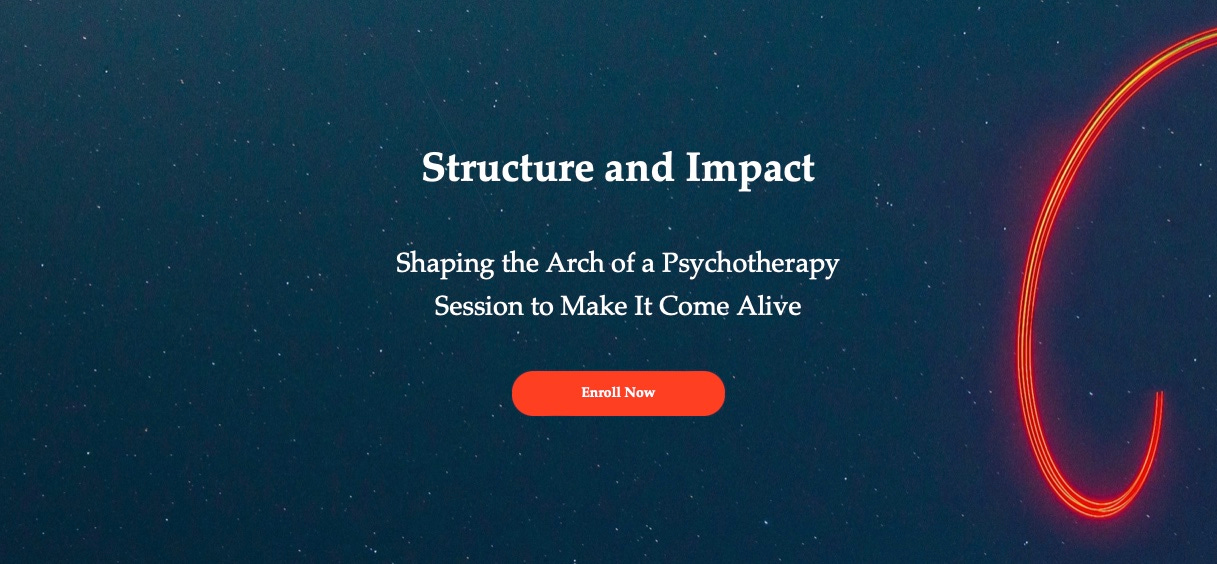
Start: 10th of Oct 2022
Length: 1 month duration with 4 in-depth sections to Structure and Impact provided on a weekly basis.
Format: Interactive cohort-based, and self-paced (i.e., no need to log on at specific times).
Access: Not time-limited; Lifetime-Access.
For More Details About the Course
Why Is Structure in Therapy Important?
A well-formed and flexibly structured session is like a scaffold. It allows you to cultivate an impactful experience in the healing endeavor.
The lack of structure can make a session feel like it’s going in circles, going nowhere.
In coaching and supervising therapists, I’ve spent hundreds of hours listening to practitioners’ session recordings. Here are some of the common themes that we end up working on as we channel our efforts in trying to improve their craft:
How to begin in a focused manner?
How to go deeper?
How not to get lost in the weeds of details?
How to develop an effective focus within a session?
How to develop a continuing thread from session to session?
How do we make room for the unspokens?
How do we close in an impactful manner?
How do we manage the clock?
How do we stay flexible and directional at the same time?
Structures Are Not Therapy Approaches
A common conflation: we mistake learning to develop a sense of structure in therapy by learning a new therapy approach.
Various models of therapy, or as Robert Fancher calls it Cultures of Healing, provide a useful frame to encounter one’s inner and outer life.
From the perspective of Cultures of Healing, we can conceive the therapeutic endeavor as a ritualistic process of healing agreed upon by both parties. Fancher prompts us to examine our thinking about different types of therapy and the scientific quest:
“If schools of mental health care are best understood as cultures, we have to think about them differently than we generally do.”
He goes further,
“If our thesis is correct, we need to take the stance that the cultures of healing offer a variety of visions of how the world works, what life is like, and how persons are supposed to be. We must be very careful about accepting any claims that those notions deserve the authority of scientific validity. We should see them as urging upon all of us culturally created ways of looking at life and its problems. We should see them as players in the moral discourse that constitutes the life of (and the lives in) our society.”
Various schools of therapy offers us cultural metaphors in our thinking and languaging in order to share the human experience. In short, if we learn to see various schools of thought as various cultures of healing, we can stay nimble and flexible and ultimately aim to connect with each individual, as best as we can.
But then, we still need to learn the direct skills of how to structure a well-formed therapy session!
I have not yet come across any training that addresses this directly.
Structures of Healing
If psychotherapy is treated as a ritual aimed for healing, we need to create not a formulaic process, but a , a type of scaffold and structure to support what we are trying to do within the therapy hour.
You can be well versed in a particular treatment modality or two, and your session can still be a “flatlined” experience for your client.
A Flatlined Session
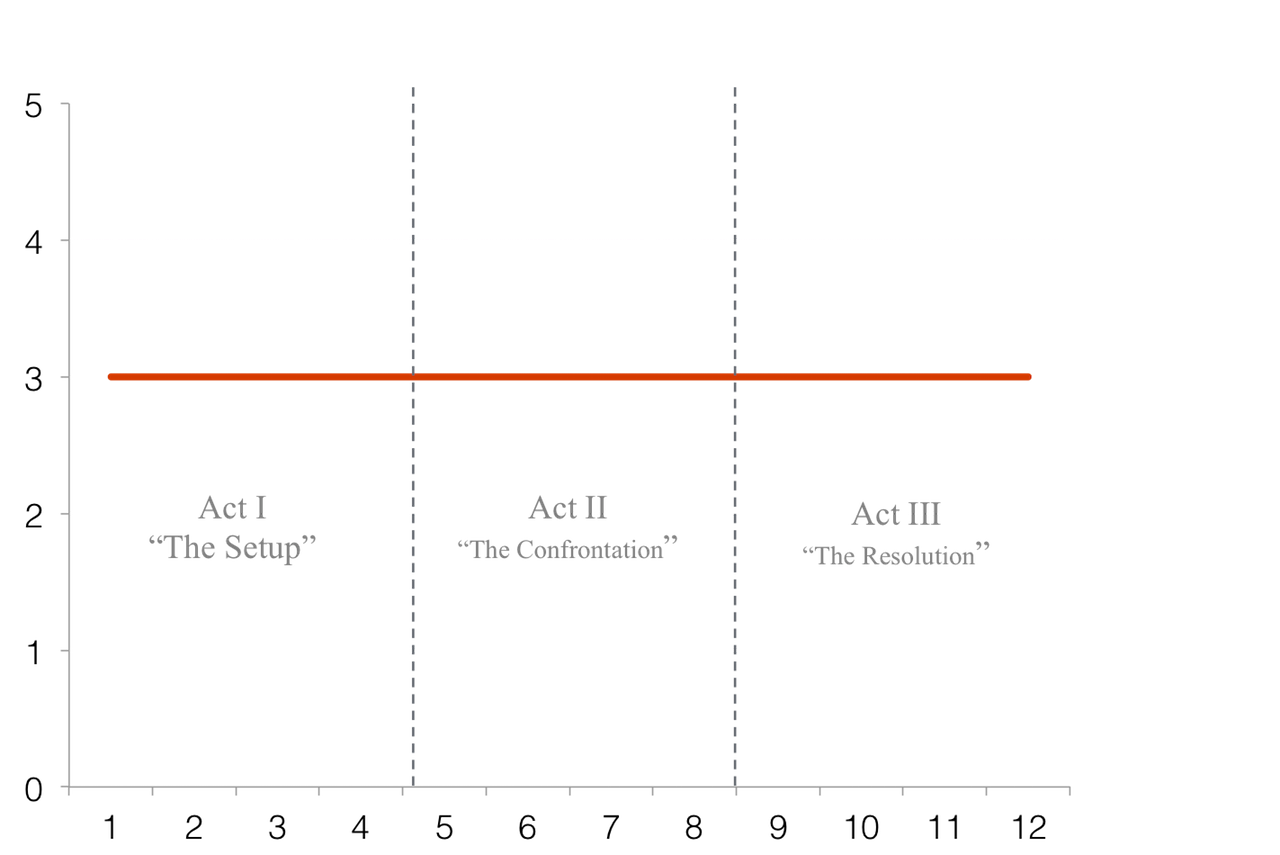
An example of a session that goes nowhere, which leads to disengagement and treatment dropout.
The aim then is to facilitate a session that makes the experience come alive for the client.
A Dynamic Session #1
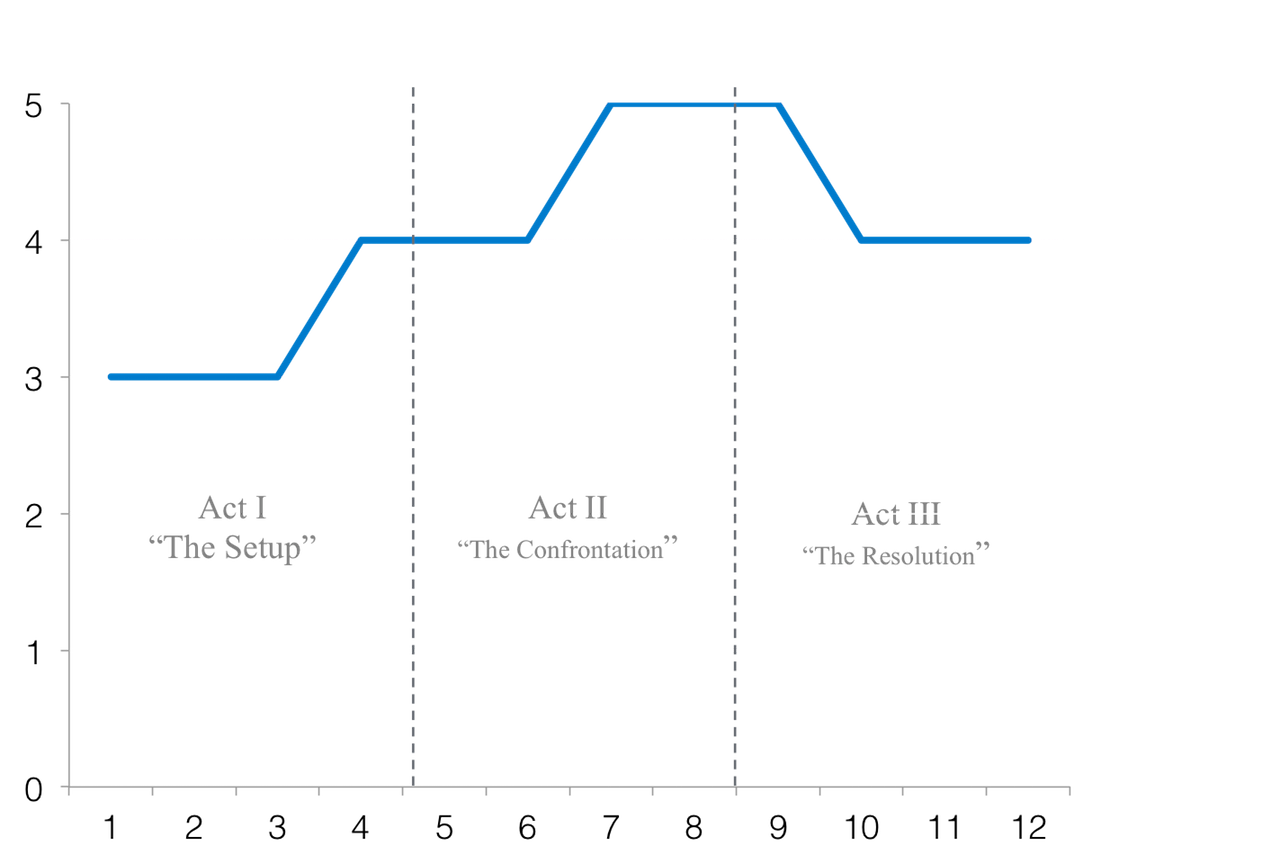
An example of a session that develops a clear focus right from the get-go.
A Dynamic Session #2
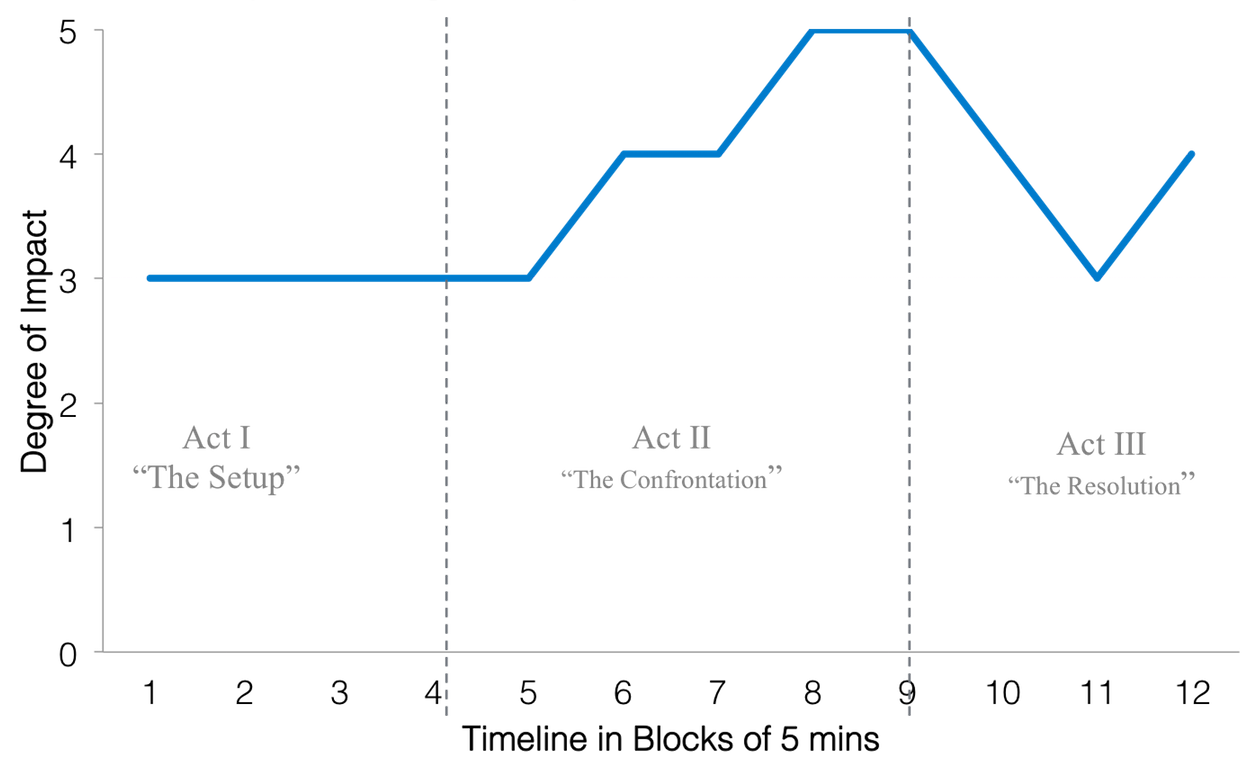
An example of a session that goes deeper and ends on an impactful note.
The Structure and Impact course is specifically designed to help you shape the arch of a psychotherapy session so that you can make the encounter come alive.
I hope you’d join us.
p/s: If you are paying the Practitioner fee, use the promo code at the Checkout to reduce cost from $200 to $120: 80GIFT



I just graduated in June and am still in the process of becoming a registered psychotherapist in Ontario, Canada. I would love to learn more about structuring my sessions. How can I take part?
Hi Angela, Thanks for your note. The Structure and Impact course is going to re-open for the next cohort. Would you like to be on the waitlist? If so, pls drop me an email admin@darylchow.com
Hello! I just found your website and found this course! I’m a currently a grad student/intern therapist and would love to access this course. Thank you for making it free for trainees! How would I go about doing that?
HI Vina, thanks for your interest. The Structure and Impact course is currently closed. If you like to stay posted when this becomes available, see our updates on Substack https://darylchow.substack.com